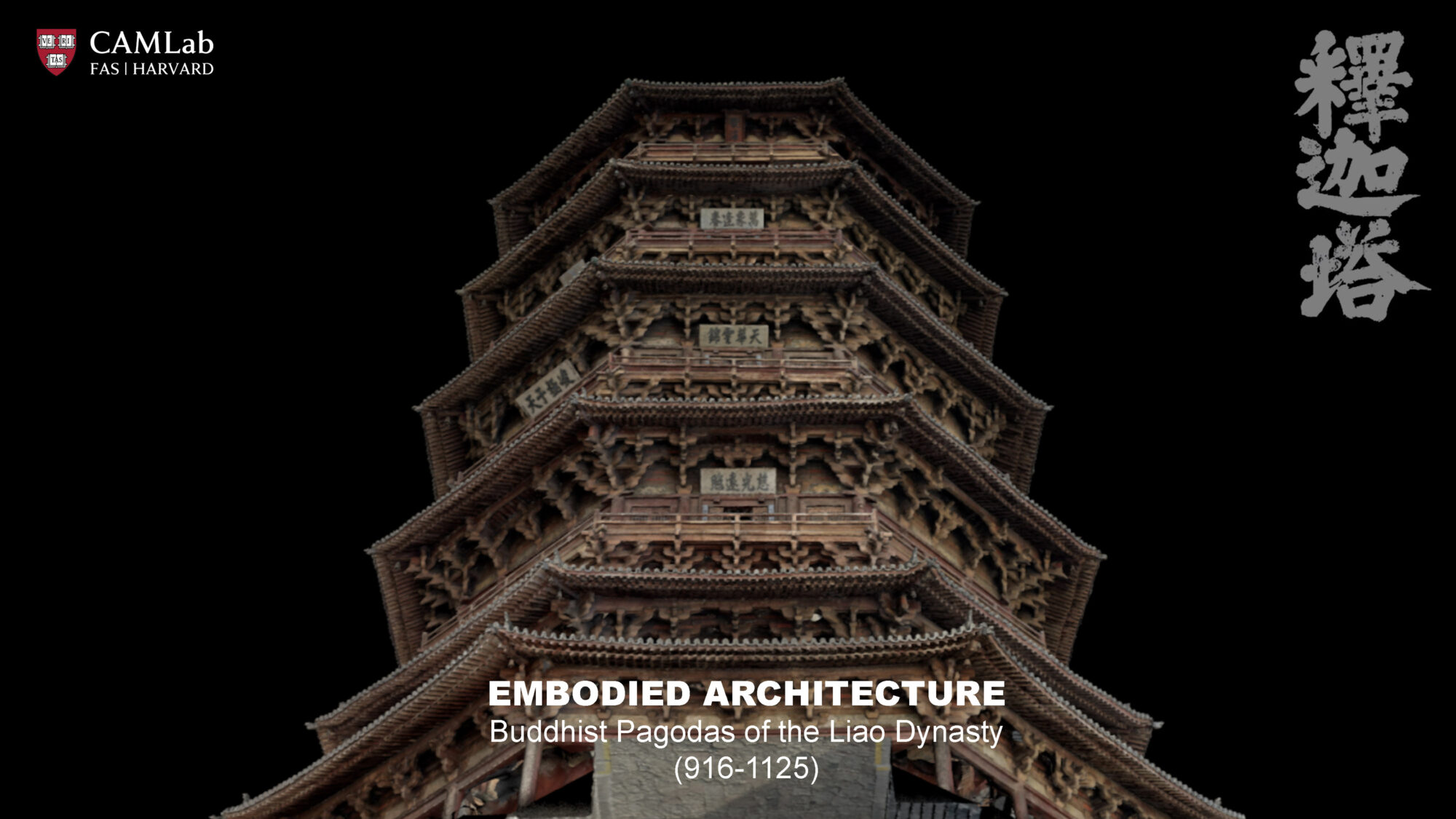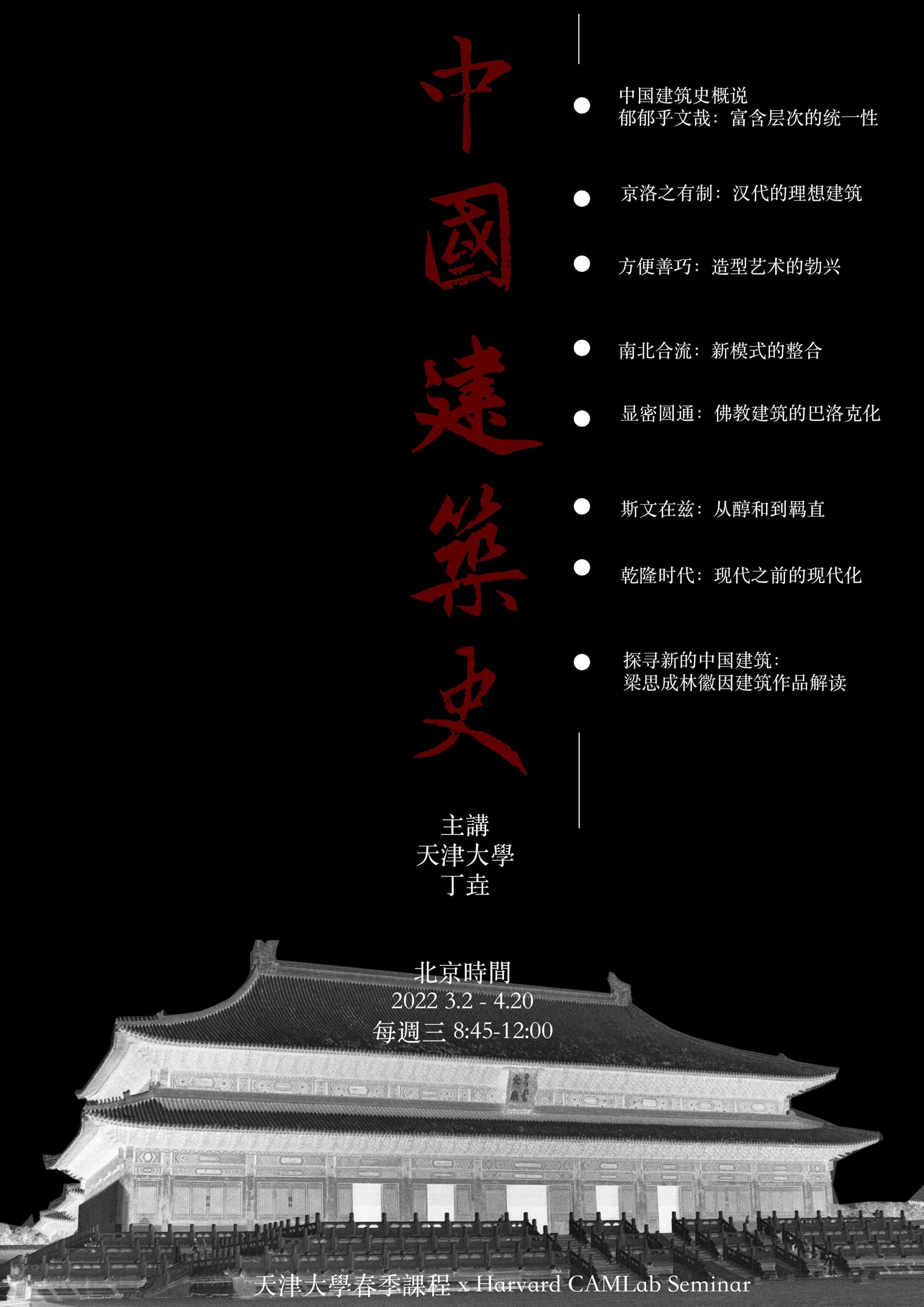Embodied Architecture: Buddhist Pagodas of the Liao Dynasty
Embodied Architecture pursues a new way of telling the master narrative of Chinese architectural history. The project centers upon a question: what is the logic and language of design that fundamentally informs Chinese architecture? The first series of Embodied Architecture, Architecture of the Mind: Buddhist Pagodas of the Liao, focuses on the monumental pagodas of the Liao dynasty (916–1125). As we explore the mental blueprints of Chinese Buddhist architecture, we consider space, sculpture, and painting as an organic, interrelated structure. Bringing together architectural history and art history, we unpack the ideas of body, cosmology, and ritual that are embodied by the monuments.
Based on in-depth research and cutting-edge digital technology, this project manifests in two theatrical forms—an immersive exhibition and an online theater—that invite modern visitors to step into the space, culture, and imagination of Chinese architecture.
With photogrammetry, digital modeling, CG animation, 3D printing and mixed reality, the project unveils the concept of Architecture of the Mind by creating a multi-sensorial digital theater of cultural heritage. Combining new media and technology with contemporary artistic expression, Architecture of the Mind unveils the imaginary universe embodied by Buddhist monuments, as well as a spiritual journey that explores ascension and transcendence.







